Owl Breeding Secrets – 10 Essential Steps for Successful Results
Owl breeding represents one of the most challenging yet rewarding pursuits in avian husbandry, requiring specialized knowledge that goes far beyond basic bird care. The complexities of owl breeding become apparent when considering that these magnificent nocturnal raptors have evolved distinct biological requirements over millions of years, belonging to the order Strigiformes with two primary families: Tytonidae (barn owls) and Strigidae (all other owl species). Understanding successful owl breeding begins with recognizing that these birds maintain strong wild instincts that significantly influence their reproductive success in captivity.
Table of Contents
Understanding the Fundamentals of Owl Breeding
The Complex Nature of Owl Reproduction
Owl breeding involves sophisticated physiological and behavioral mechanisms that distinguish these raptors from diurnal birds of prey. Unlike hawks and falcons in the order Falconiformes, owls possess unique anatomical features including specialized toe arrangements (two forward, two back) and lack crops entirely. These evolutionary adaptations directly impact owl breeding protocols, as their digestive systems and physical structures require species-specific management approaches that differ fundamentally from diurnal raptor breeding programs.
Legal Considerations for Owl Breeding
Before embarking on any owl breeding program, understanding legal requirements is paramount. Most jurisdictions require specific permits for owl breeding activities, as these birds are protected under various wildlife conservation laws. The complexities of owl breeding extend beyond husbandry to encompass federal licensing requirements, facility inspections, and ongoing compliance monitoring. Modern owl breeding operations must navigate intricate regulatory frameworks while maintaining optimal conditions for reproductive success.
Species Selection for Owl Breeding Programs
Different owl species present varying challenges in owl breeding scenarios, with taxonomic classification playing a crucial role in species selection. Within the Strigidae family, genera such as Bubo (eagle owls) require different management protocols compared to Strix (wood owls) or Asio (eared owls). Barn owls (Tyto alba) from the Tytonidae family typically demonstrate higher breeding success rates in captivity, making them ideal candidates for beginning owl breeding enthusiasts seeking documented success stories.
Step 1: Creating the Perfect Owl Breeding Environment
Facility Design and Construction
The foundation of successful owl breeding lies in constructing facilities that accommodate the unique behavioral patterns of nocturnal raptors. Owl breeding enclosures must provide adequate flight space while recognizing that these birds spend considerable time sitting motionless, a behavior that actually facilitates their adaptation to captivity. Flight aviaries should measure minimum dimensions of 20 feet long, 12 feet wide, and 12 feet high for medium-sized species, with larger genera requiring proportionally increased space.
Environmental Controls and Disease Prevention
Temperature regulation plays a crucial role in owl breeding success, particularly during extreme weather conditions that can stress breeding pairs. The challenges of maintaining optimal conditions become evident during arctic weather periods, when facilities must provide consistent warmth without compromising air quality. Modern owl breeding programs implement advanced monitoring systems ensuring environmental stability while preparing for emergency situations, including disease outbreaks that require immediate vaccination protocols.
Lighting Systems for Owl Breeding
Photoperiod manipulation is essential for successful owl breeding programs, as these nocturnal hunters respond to subtle changes in light cycles that trigger reproductive behaviors. Specialized dawn/dusk simulation systems gradually adjust light intensity to mimic natural conditions, supporting the complex hormonal changes necessary for breeding readiness. Full-spectrum lighting supports vitamin D synthesis and overall health during critical owl breeding periods.
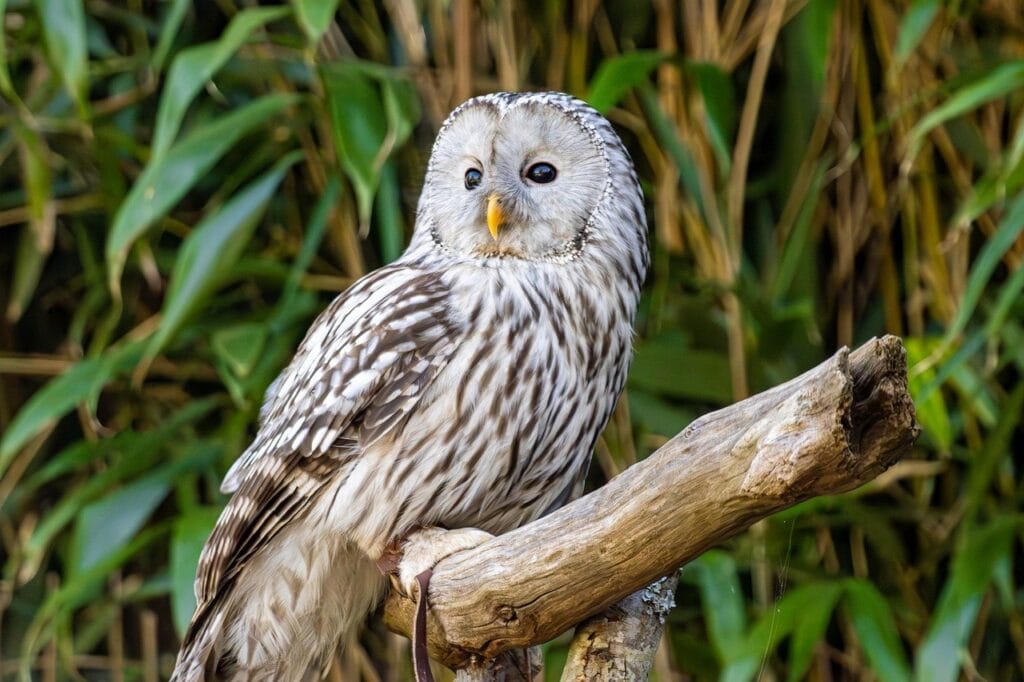
Step 2: Selecting and Preparing Breeding Pairs
Genetic Considerations in Owl Breeding
Genetic diversity is crucial for sustainable owl breeding programs, requiring understanding of taxonomic relationships within and between genera. The evolutionary separation between Tytonidae and Strigidae families means these groups cannot interbreed, while within families, species-specific genetic management prevents inbreeding depression. Successful owl breeding operations maintain detailed lineage records tracking subspecies variations, such as the differences between European Eagle Owls (Bubo bubo bubo) and Iranian Eagle Owls (Bubo bubo nikolskii).
Age and Maturity Factors
Sexual maturity varies significantly among owl species, directly correlating with adult body size and taxonomic classification. Large eagle owls (Bubo species) typically require 2-3 years to reach breeding maturity, while smaller species like Pearl Spotted Owlets may breed earlier but present unique challenges due to their diminutive size. Understanding these species-specific timelines is essential for successful owl breeding program planning and pair management.
Behavioral Compatibility Assessment
Pair bonding represents a critical factor in owl breeding success, requiring careful observation of species-specific courtship behaviors. Compatible pairs demonstrate synchronized activities including mutual preening, coordinated hunting responses, and appropriate territorial displays. The assessment process must account for the nocturnal nature of these birds, with monitoring conducted during peak activity periods to accurately evaluate compatibility.
Step 3: Nutritional Management for Owl Breeding
Pre-Breeding Nutritional Conditioning
Optimal nutrition forms the cornerstone of successful owl breeding programs, requiring species-appropriate diets that reflect natural feeding habits. Unlike diurnal raptors, owls have evolved to consume whole prey items completely, including bones, fur, and feathers that provide essential nutrients. Pre-breeding conditioning requires increased protein intake, typically 25-30% above maintenance levels, using high-quality whole prey items including mice, rats, day-old chicks, and species-appropriate alternatives.
Calcium and Vitamin Supplementation
Calcium requirements increase dramatically during the owl breeding season, particularly for females producing eggs with the characteristic calcium carbonate shells found in Strigiformes. The lack of a crop in owls means calcium supplementation must be provided through whole prey items or careful dusting techniques. Vitamin D3 supplementation becomes critical when natural sunlight exposure is limited, supporting calcium absorption and preventing metabolic bone disease.
Emergency Nutritional Protocols
Successful owl breeding programs maintain emergency nutritional protocols, particularly important during disease outbreaks requiring vaccination procedures. The stress associated with handling for medical procedures can significantly impact breeding pairs, necessitating nutritional support strategies that maintain body condition while ensuring reproductive success. Emergency feeding protocols must account for species-specific requirements and potential appetite changes during stressful periods.
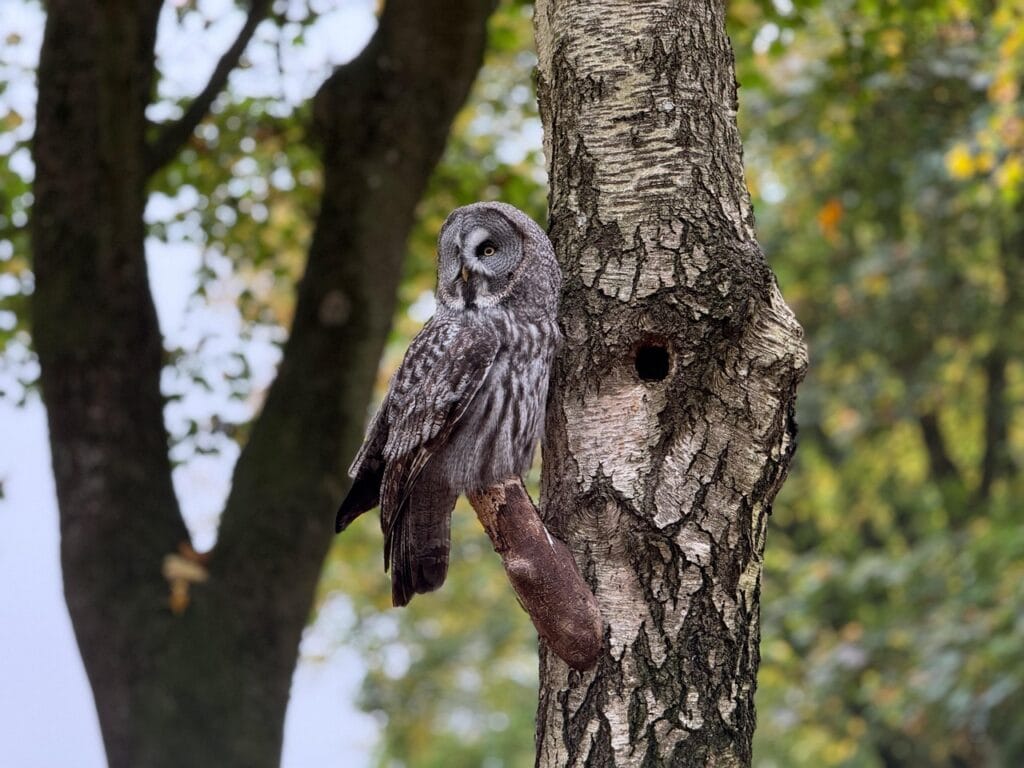
Step 4: Nest Box Design and Placement
Species-Specific Nesting Requirements
Different owl species within the Strigiformes order demonstrate distinct nesting preferences that must be accommodated in breeding facilities. Tytonidae species prefer enclosed cavities with specific entrance dimensions, while many Strigidae species utilize more open platforms or natural depressions. Understanding taxonomic relationships helps predict nesting preferences, as closely related species often share similar requirements despite geographic or size variations.
Nest Box Construction Materials
Natural materials enhance breeding success in owl breeding programs by providing familiar textures and environmental cues. Cedar, pine, or oak construction offers durability while maintaining natural appeal essential for species that have evolved in woodland environments. Interior dimensions must accommodate the full range of activities from courtship through fledgling development, with drainage and ventilation systems preventing moisture accumulation that could compromise egg viability.
Strategic Nest Box Positioning
Nest box placement significantly influences owl breeding success rates, requiring understanding of species-specific territorial behaviors and security requirements. Boxes positioned 8-12 feet above ground level provide security while maintaining accessibility for essential monitoring activities. Multiple nest box options allow breeding pairs to express natural selection behaviors, increasing the likelihood of successful nesting attempts while reducing territorial stress.
Step 5: Breeding Season Timing and Management
Understanding Natural Breeding Cycles
Owl breeding seasons vary by species and geographic origin, with timing closely linked to prey availability and environmental conditions in natural habitats. Most North American owl species breed between February and June, with peak activity occurring during March and April when prey species are most abundant. Successful owl breeding programs align management practices with these natural cycles, recognizing that captive birds retain strong genetic programming despite generations of captive breeding.
Hormonal Triggers and Environmental Cues
Photoperiod changes, temperature fluctuations, and food availability serve as primary triggers for breeding behaviors in owl breeding programs. The gradual increase in daylight hours stimulates reproductive hormone production, while consistent food supplies ensure birds achieve and maintain breeding condition. Environmental stressors, including facility disturbances or management changes, can disrupt these delicate hormonal triggers, emphasizing the importance of stable, predictable management practices.
Courtship Behavior Recognition
Recognizing courtship behaviors is essential for monitoring owl breeding progress and predicting reproductive success. Males typically initiate courtship through species-specific vocalizations, food presentation rituals, and territorial displays that vary significantly between genera. Understanding these behavioral patterns requires species-specific knowledge, as Tytonidae and Strigidae families demonstrate markedly different courtship sequences and territorial behaviors.
Step 6: Egg Incubation and Management
Natural vs. Artificial Incubation
Most successful owl breeding programs rely on natural incubation by parent birds, recognizing that artificial incubation should be reserved for emergency situations. Natural incubation provides optimal temperature regulation, humidity control, and periodic egg turning necessary for proper embryonic development. The absence of a crop in owls means parents must maintain consistent body temperature through behavioral thermoregulation rather than food storage, making environmental stability crucial during incubation periods.
Incubation Period Monitoring
Owl incubation periods vary by species size and taxonomic classification, typically ranging from 28-35 days for most commonly bred species. Regular monitoring ensures egg viability without excessive disturbance that could lead to abandonment. Candling techniques allow assessment of embryonic development at specific intervals, with failed eggs requiring prompt removal to prevent bacterial contamination that could affect viable eggs.
Environmental Stability During Incubation
Maintaining stable environmental conditions becomes crucial during owl breeding incubation periods, particularly considering the challenges posed by extreme weather conditions. Temperature fluctuations exceeding 2-3°F can severely impact embryonic development, while humidity levels must remain consistent to prevent egg membrane problems. Disturbance minimization is essential, as incubating owls demonstrate heightened sensitivity to environmental changes during this critical period.
Step 7: Hatching and Early Chick Care
Hatching Process Management
The hatching process in owl breeding requires careful observation without interference, respecting the natural behaviors that have evolved over millions of years. Chicks typically pip 24-48 hours before complete emergence, with parent birds providing minimal assistance while allowing chicks to complete the hatching process independently. Intervention should only occur in cases of obvious distress or developmental abnormalities that threaten chick survival.
Post-Hatching Monitoring
Newly hatched owl chicks require intensive monitoring during the first 72 hours, when mortality risks are highest. Weight measurements, visual health assessments, and feeding observations help identify potential problems early in the development process. Successful owl breeding programs maintain detailed records tracking chick development, growth rates, and behavioral milestones that indicate proper neurological and physical development.
Parental Care Assessment
Evaluating parental care quality is essential for owl breeding success, requiring understanding of species-specific parenting behaviors. Attentive parents demonstrate regular feeding schedules, appropriate brooding behaviors, and protective responses to perceived threats. Poor parental care may necessitate emergency intervention, though hand-rearing should be considered only when natural rearing fails completely, as captive-bred owls maintain strong instinctual parenting behaviors.
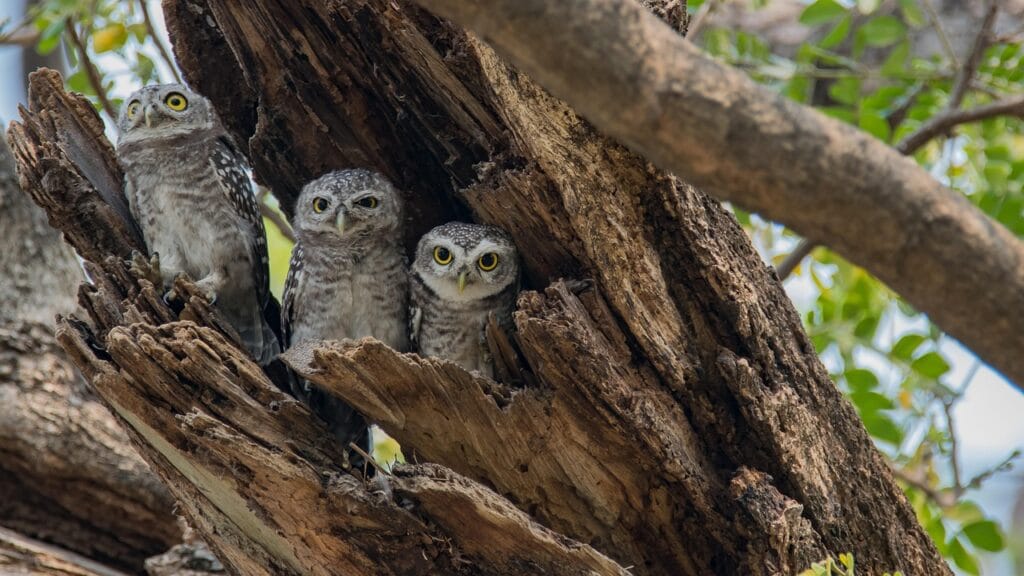
Step 8: Hand-Rearing Protocols (When Necessary)
Emergency Hand-Rearing Situations
Hand-rearing becomes necessary in owl breeding when parents fail to provide adequate care or die during the rearing process. Emergency situations require immediate intervention with specialized equipment including temperature-controlled brooders, precision feeding instruments, and species-appropriate diets. The challenges of hand-rearing become apparent when dealing with tiny species like Pearl Spotted Owlets, where precise temperature and feeding management can mean the difference between success and failure.
Hand-Rearing Diet Formulation
Hand-reared owl chicks require species-appropriate diets that closely mimic natural parental provisioning, accounting for the absence of a crop in owl digestive systems. Commercial raptor hand-rearing formulas provide balanced nutrition for initial feeding, while whole prey items should be introduced as soon as developmentally appropriate. Feeding frequency must account for the rapid metabolism of growing chicks, with schedules adjusted based on species size and development rates.
Preventing Imprinting Issues
Minimizing human imprinting is crucial in owl breeding programs, particularly for birds intended for future breeding or educational purposes. Hand-rearing techniques should reduce direct human visual contact while providing necessary care through puppet feeding, recorded vocalizations, and early socialization with conspecifics. Understanding the intelligence levels of different owl species helps establish appropriate interaction protocols that maintain natural behaviors while ensuring survival.
Step 9: Fledgling Development and Training
Fledgling Period Management
The fledgling period represents a critical phase in owl breeding success, when young owls transition from complete parental dependence to independent survival. Young owls typically fledge 6-10 weeks after hatching, depending on species size and taxonomic classification. Fledglings require continued parental care while developing essential skills including flight coordination, prey recognition, and territorial awareness.
Flight Training Protocols
Successful owl breeding programs provide adequate flight space for developing fledglings, recognizing that flight capabilities vary significantly between genera. Large eagle owls require extensive flight conditioning to develop the muscle strength necessary for their substantial body weight, while smaller species may achieve flight readiness more rapidly. Supervised flight sessions in controlled environments allow assessment of capabilities while maintaining safety protocols.
Behavioral Development Monitoring
Monitoring behavioral development ensures proper maturation in owl breeding programs, with natural behaviors emerging according to species-specific timelines. Hunting postures, prey recognition responses, and territorial displays should develop during the fledgling period according to genetic programming. Abnormal behaviors may indicate developmental problems requiring intervention or suggesting environmental deficiencies in the breeding setup.
Step 10: Record Keeping and Program Evaluation
Comprehensive Record Systems
Detailed record-keeping is essential for evaluating owl breeding program success and contributing to the broader scientific understanding of these remarkable birds. Records should include complete taxonomic information, breeding pair genealogies, egg production data, incubation periods, hatching rates, and fledgling survival statistics. Digital record systems facilitate data analysis and enable comparison with other breeding programs, contributing to the collective knowledge base about captive owl reproduction.
Performance Metrics and Analysis
Successful owl breeding programs regularly analyze performance metrics to identify improvement opportunities and validate management techniques. Key metrics include breeding success rates, egg fertility percentages, hatching success rates, and fledgling survival to independence. Comparative analysis between different species and genera helps identify factors contributing to success while highlighting areas requiring protocol refinement.
Scientific Contributions and Knowledge Advancement
Modern owl breeding programs contribute valuable scientific knowledge about raptor biology, behavior, and reproduction that would be difficult to obtain through wild studies alone. The nocturnal nature of owls makes captive observation particularly valuable for understanding behaviors, reproductive cycles, and developmental patterns. Research data from successful breeding programs advances understanding of owl ecology and supports conservation efforts for wild populations.
Common Challenges in Owl Breeding
Environmental Stress Factors
Environmental stressors significantly impact owl breeding success rates, particularly given these birds’ sensitivity to disturbance and environmental changes. Excessive noise, irregular facility disturbances, and suboptimal housing conditions can prevent breeding attempts or cause abandonment of eggs and chicks. The challenges become particularly acute during extreme weather conditions, when maintaining optimal environmental parameters requires extensive facility management and emergency preparedness.
Health Management and Disease Prevention
Health management presents ongoing challenges in owl breeding facilities, particularly considering the stress sensitivity of breeding pairs. Regular veterinary examinations, vaccination protocols, and quarantine procedures become essential components of successful programs. Emergency situations, such as disease outbreaks requiring immediate vaccination, can severely stress breeding pairs and potentially cause mortality, as evidenced by the calculated risks involved in protecting entire collections.
Species-Specific Management Complexities
The diversity within the Strigiformes order creates complex management challenges, as different genera require specialized approaches to achieve breeding success. Understanding taxonomic relationships helps predict management requirements, but each species may present unique challenges related to size, behavior, and environmental preferences. Successful programs must balance standardized protocols with species-specific modifications that address individual requirements.
Future Considerations for Owl Breeding
Conservation Applications
Owl breeding programs increasingly contribute to conservation efforts for endangered species, providing insurance populations and potential reintroduction candidates for threatened owl species. The taxonomic diversity within owl families means that specialized breeding programs can target specific genera or subspecies requiring conservation support. Conservation-focused owl breeding requires long-term genetic management and specialized protocols that maintain wild-type behaviors essential for potential release programs.
Research and Scientific Contributions
Modern owl breeding programs contribute essential scientific knowledge about raptor biology that advances our understanding of these remarkable birds. The extensive knowledge gaps that exist for many owl species present opportunities for captive breeding programs to contribute meaningful research data. Understanding the evolutionary relationships between different genera and families helps inform breeding decisions while contributing to broader scientific knowledge about avian reproduction and behavior.
Technology Integration and Innovation
Emerging technologies continue to enhance owl breeding program efficiency and success rates through automated monitoring systems, environmental controls, and data management platforms. Future technological advances will likely revolutionize owl breeding practices by providing more precise environmental control and reducing labor requirements while maintaining optimal conditions for reproductive success. Integration of modern veterinary techniques and nutritional science will further improve breeding outcomes.
Conclusion
Mastering owl breeding requires dedication, specialized knowledge, and meticulous attention to the unique requirements of these extraordinary nocturnal raptors. The ten essential steps outlined in this comprehensive guide provide the foundation for successful owl breeding endeavors, from initial facility design through fledgling independence, while recognizing the taxonomic complexities and species-specific requirements that distinguish owls from all other bird groups.
Success in owl breeding depends on understanding the evolutionary history and biological adaptations that make these birds unique within the avian world. The absence of crops, specialized toe arrangements, and nocturnal adaptations all influence breeding protocols and management requirements. Recognizing that owls belong to an entirely separate order from diurnal raptors helps establish appropriate expectations and management strategies that respect their unique biological needs.
The complexity of owl breeding extends beyond technical husbandry to encompass legal compliance, genetic management, and contribution to scientific knowledge. Modern breeding programs serve multiple purposes: maintaining captive populations, supporting conservation efforts, advancing scientific understanding, and providing educational opportunities that foster appreciation for these remarkable birds.
Whether pursued for conservation goals, scientific research, or educational purposes, owl breeding represents one of avian husbandry’s most challenging and rewarding specializations. The knowledge and techniques presented in this guide provide the foundation for establishing successful programs that contribute meaningfully to owl conservation while maintaining the highest standards of animal welfare and scientific rigor. Success requires not only technical expertise but also the dedication to continuous learning and adaptation as our understanding of these magnificent birds continues to evolve.
FAQ
How long does it take to establish a successful owl breeding program?
Establishing a successful owl breeding program typically takes 2-3 years, including facility construction, permit acquisition, pair bonding, and achieving first breeding success. This timeline accounts for the complex legal requirements and the time needed for birds to adapt to captivity and achieve breeding condition.
What are the main differences between breeding barn owls (Tytonidae) and other owl species (Strigidae)?
Barn owls generally show higher breeding success rates in captivity and have different nesting requirements, preferring enclosed cavities. Strigidae species vary widely in their requirements based on genus, with larger species like eagle owls requiring more space and longer maturation periods than smaller species.
Can different owl species be housed together for breeding purposes?
No, different owl species cannot successfully interbreed and should never be housed together for breeding. The taxonomic separation between families (Tytonidae and Strigidae) and between genera within families means each species requires species-specific management protocols and territorial space.
What permits and legal requirements are necessary for owl breeding?
Owl breeding requires federal permits through wildlife agencies, state licenses, and often local zoning approvals. Requirements vary significantly by location and species, with some endangered species requiring additional specialized permits. Consulting with regulatory agencies before starting any breeding program is essential for legal compliance.
Did you enjoy this article?
Help other pet lovers benefit too — Share it on social media! 🐾💚
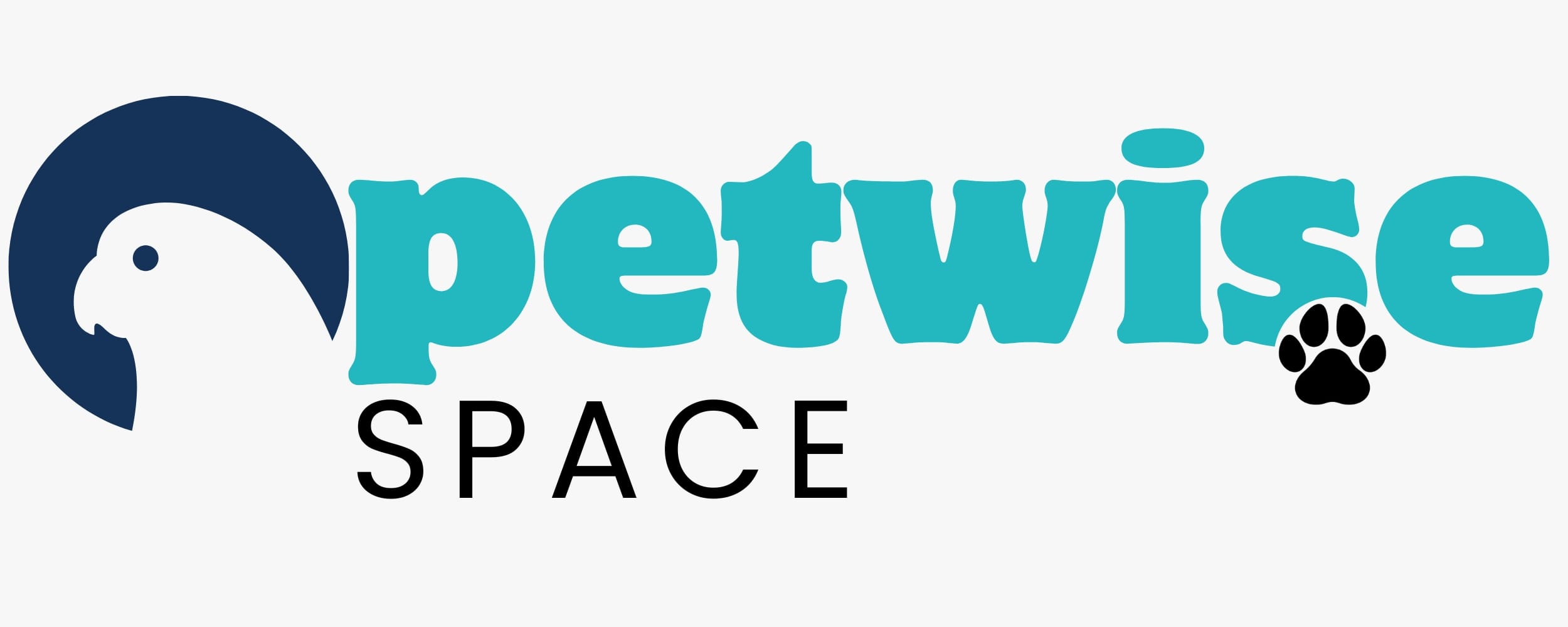
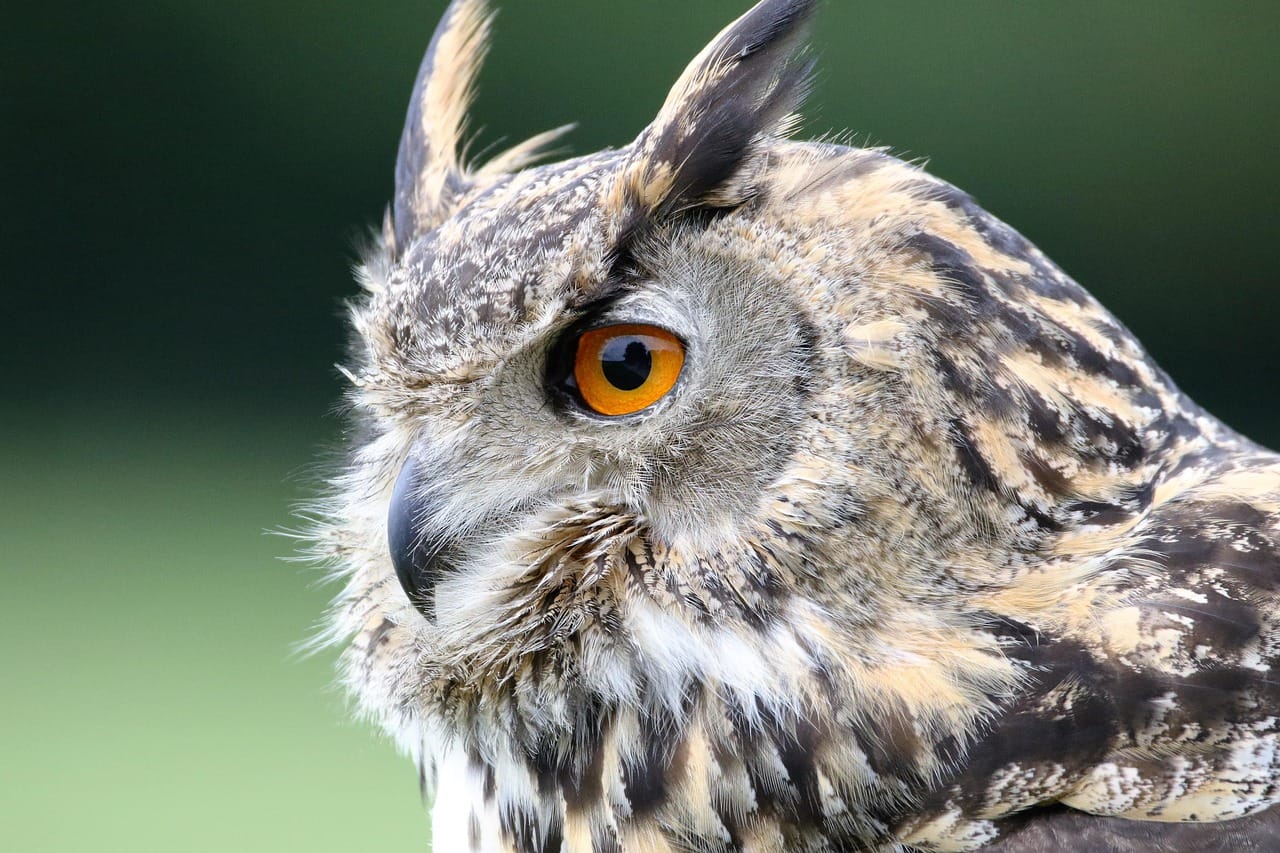
Leave a Reply